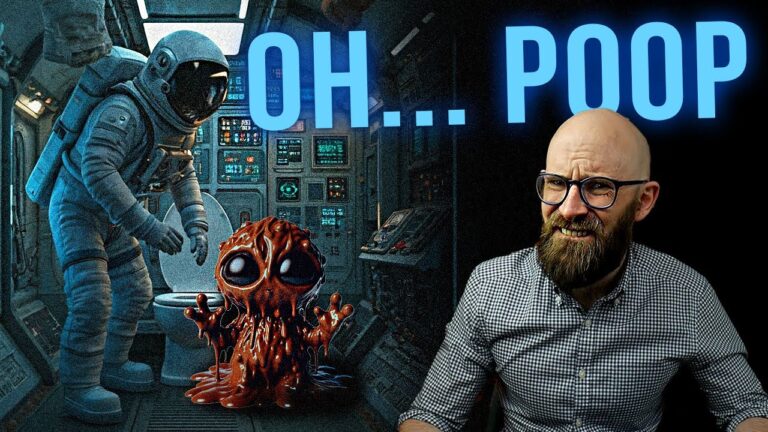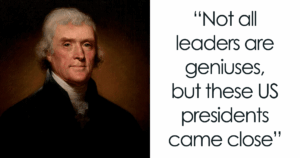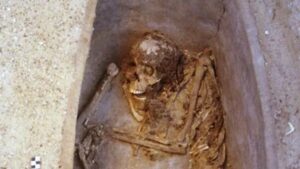“Gravity-Defying Dilemmas: The Ingenious Solutions Astronauts Use to Conquer the Ultimate Space Challenge!”
But while far superior to the hated Apollo FCA bags, the WCS was not without its faults, and over the Space Shuttle’s 30-year service life the system suffered a number of major malfunctions. During STS-3, the third shuttle flight in March 1982, the WCS failed on its first use, forcing the two-man crew, Commander Jack Lousma and Pilot C. Gordon Fullerton, to use FCA bags for the rest of the eight-day flight. On September 3, 1984 during STS-41D, the maiden flight of the Space Shuttle Discovery, a malfunction in the liquid disposal system led to the formation of a 60 centimetre or two foot long frozen “pee-sicle” on the orbiter’s hull. Thankfully, the following day mission commander Henry Hartsfield Jr. managed to break off the obstruction using the Shuttle’s Remote Manipulator Arm – AKA the Canadarm. The WCS also had a more fundamental design flaw: sometimes bits of freeze-dried faeces would flake off the tank walls and float out through the bowl into the cabin, fouling the air – ew.
But the most serious malfunction of the WCS occurred on November 23, 1989 – Thanksgiving Day – during STS-33, Discovery’s ninth flight. Early that morning, mission Commander Fred Gregory awoke to use the facilities. Everything went well at first, but when Gregory made to seal off and depressurize the collection tank, the valve connecting the tank to the outside opened but the slider valve connecting the tank to the bowl failed to close. Suddenly, the cabin – and Gregory’s backside – were exposed to the vacuum of space, suctioning him fast to his seat. To make matters worse, the vent for topping up the Shuttle’s atmosphere with fresh oxygen was located right above the WCS. So not only was Gregory stuck in place, the Shuttle’s precious air roaring past his most delicate bits, but he was also being doused with a shower of ice-cold, recently liquefied oxygen. Immediately the cabin depressurization warning klaxon blared, and Gregory’s crewmates rushed over to the rescue. Mission specialist Story Musgrave managed to wrestle the stuck slider valve shut, freeing a grateful – if very chilled – Gregory, but now the crew if STS-33 faced an unpleasant dilemma: if they could not fix the troublesome valve, they would be forced to use the dreaded FCA bags for the rest of the five-day mission. Unsurprisingly, the crew overwhelmingly voted to scrub the mission and return to earth early rather than face this option. However, this would have required the Shuttle to come down at one of its alternate landing sites in Africa, as it was off-track for a conventional landing at the Kennedy Space Centre.











